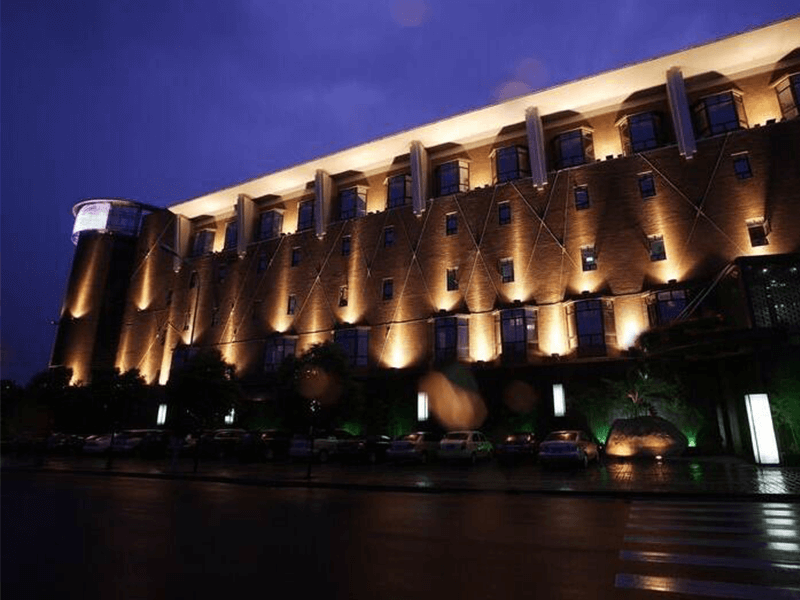A thorough and sophisticated approach to lighting design can pivotally influence the atmosphere of a yoga studio. An impeccable design plan caters to functional and aesthetic requirements, and this particular segment outlines critical considerations that should be underscored to create an optimal yoga environment.
A. Reflective Surfaces
Mirrors enhance a space’s luminosity by distributing natural light more evenly. When integrated into the design, they should be placed to capture and reflect sunlight, thus amplifying the room’s brightness without additional artificial lighting.
Strategic mirror placement can contribute to energy efficiency and promote a bright, airy feeling in the studio, which is essential for morning and daytime classes.
- Optimal Positioning for Reflection
Orientation and angling of mirrors require meticulous planning. Their location should ensure that the light is cast effectively throughout the room and is not blinding at any angle of view.
The position of mirrors should also be calculated to avoid direct reflections that might distract practitioners or infringe on privacy during practice.
B. Color Scheme
- Complementing Lighting with Studio Decor
Lighting must be in symbiosis with the palette of the studio’s decor. A thoughtful choice of wall colors and materials can enhance the lighting effect, with bright hues and reflective finishes intensifying light. In contrast, darker, matte finishes can absorb and soften it.
Decor elements should support light dispersion and maintain balance, leveraging color’s psychological effects to reinforce a tranquil studio ambiance.
- Harmonizing Colors for a Cohesive Ambiance
A harmonious color scheme is paramount for setting a unified and soothing space. A monochromatic or analogous color palette can help create a sense of calm and continuity.
Lighting should complement these color choices, with warmer lights enhancing warmer tones and more astonishing lights accentuating cooler tones, preserving the visual and emotional equilibrium within the studio environment.
C. Flexibility and Adaptability
- Modular Lighting Solutions
Lighting should offer the skill to adapt to various classes, from intense vinyasa flows that might demand brighter lighting to restorative sessions that benefit from a subdued, softer glow.
Implementing modular lighting systems, such as track lighting with adjustable fixtures or intelligent lighting systems with programmable scenes, can provide the necessary versatility.
- Accommodating Different Styles of Yoga and Classes
Lighting design must accommodate the studio’s class type and yoga style. Various light sources, including task and ambient lighting, allow for customized lighting levels that can be adjusted based on the class’s requirements.
Furthermore, the adaptability of lighting solutions should also consider various times and demographics, as a midday senior’s yoga class may have different lighting needs than an early evening power yoga session.
